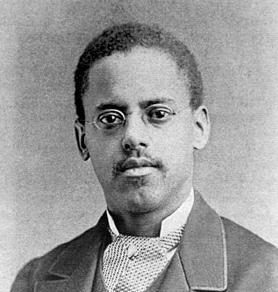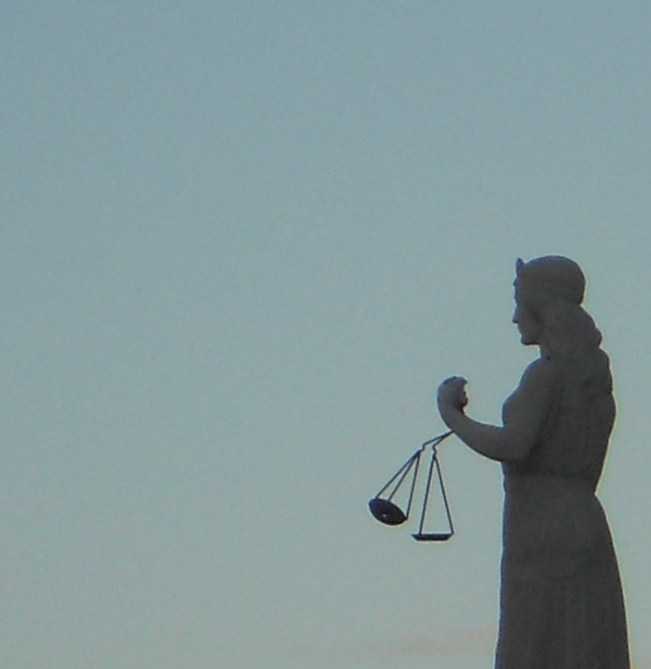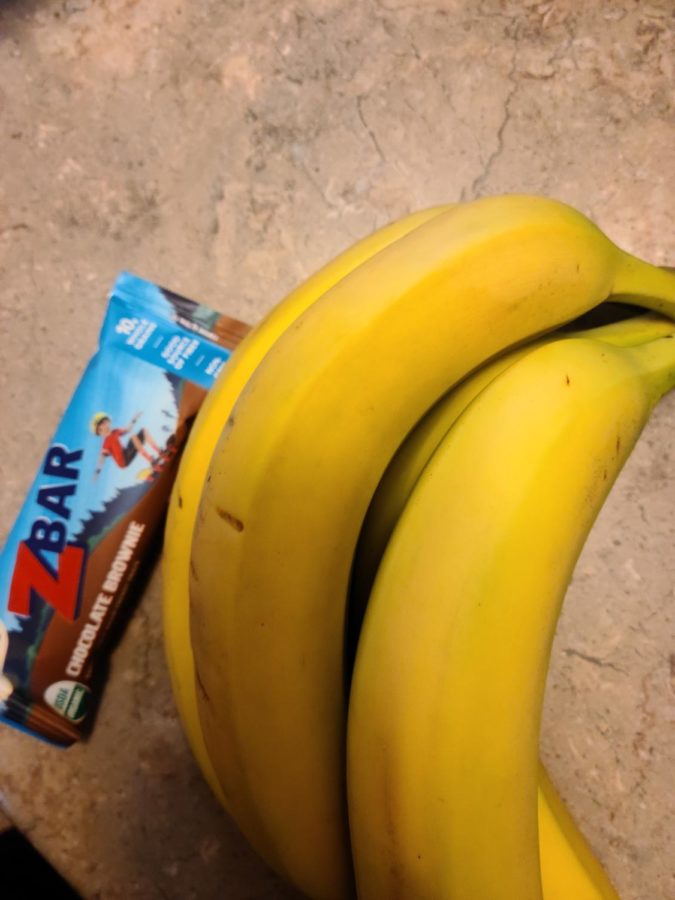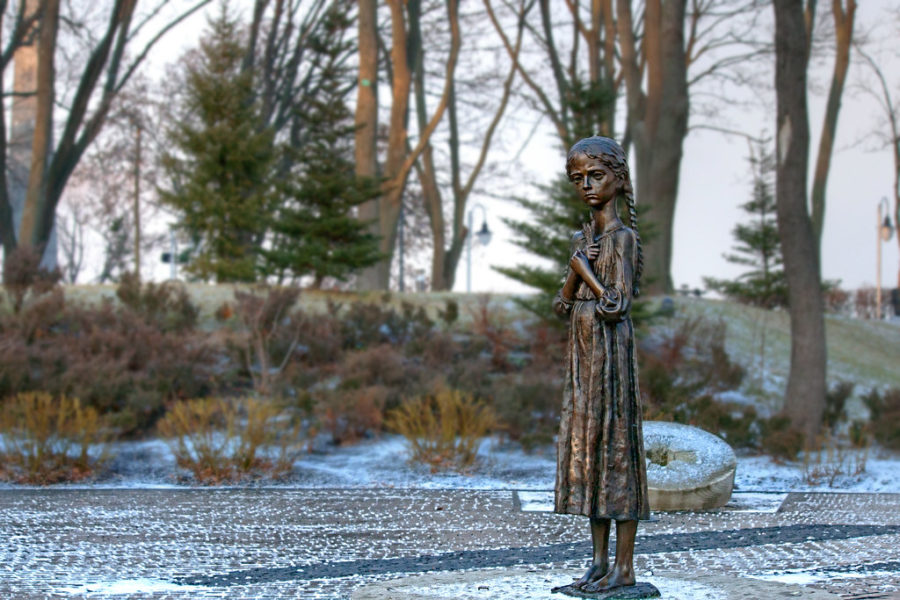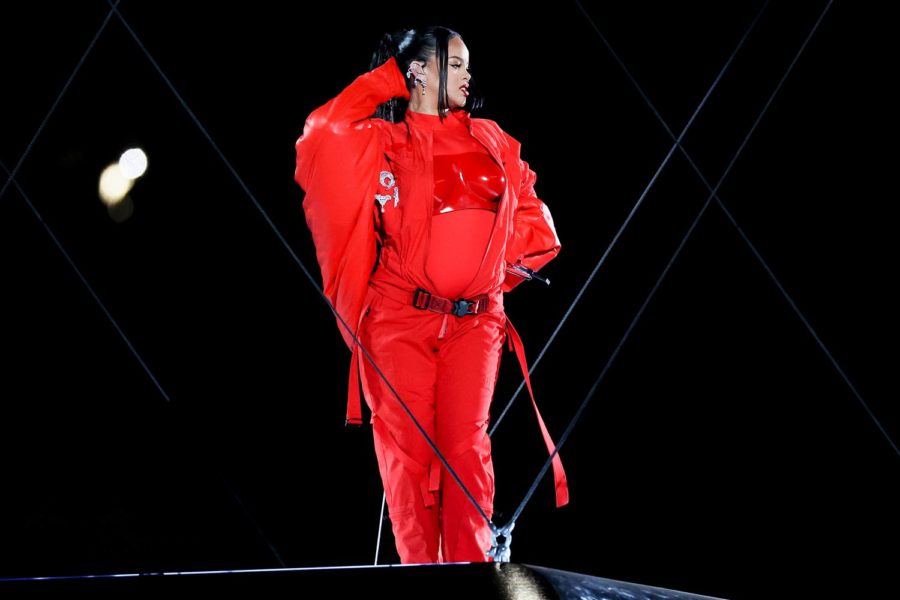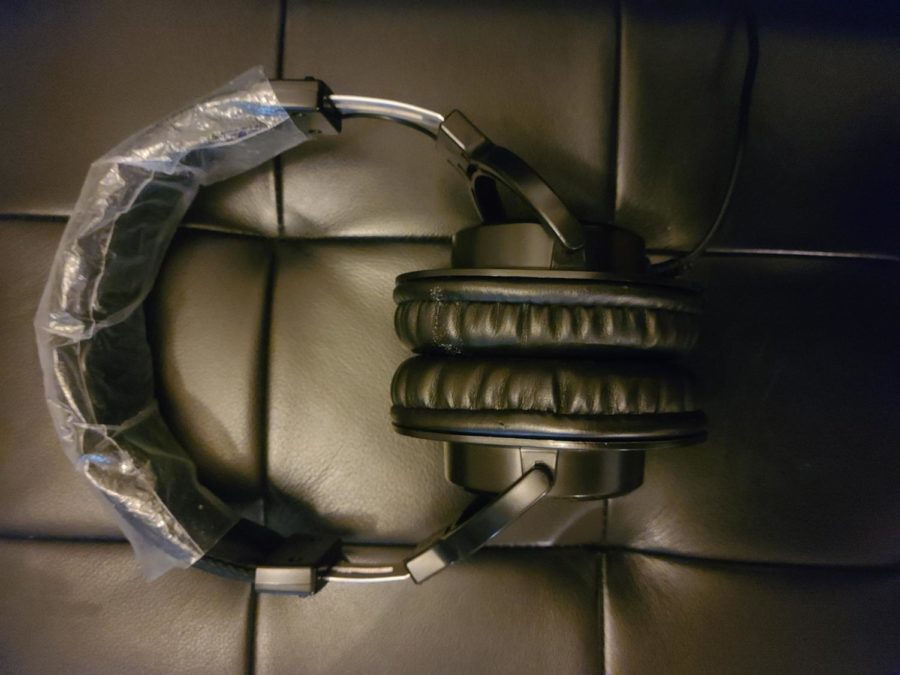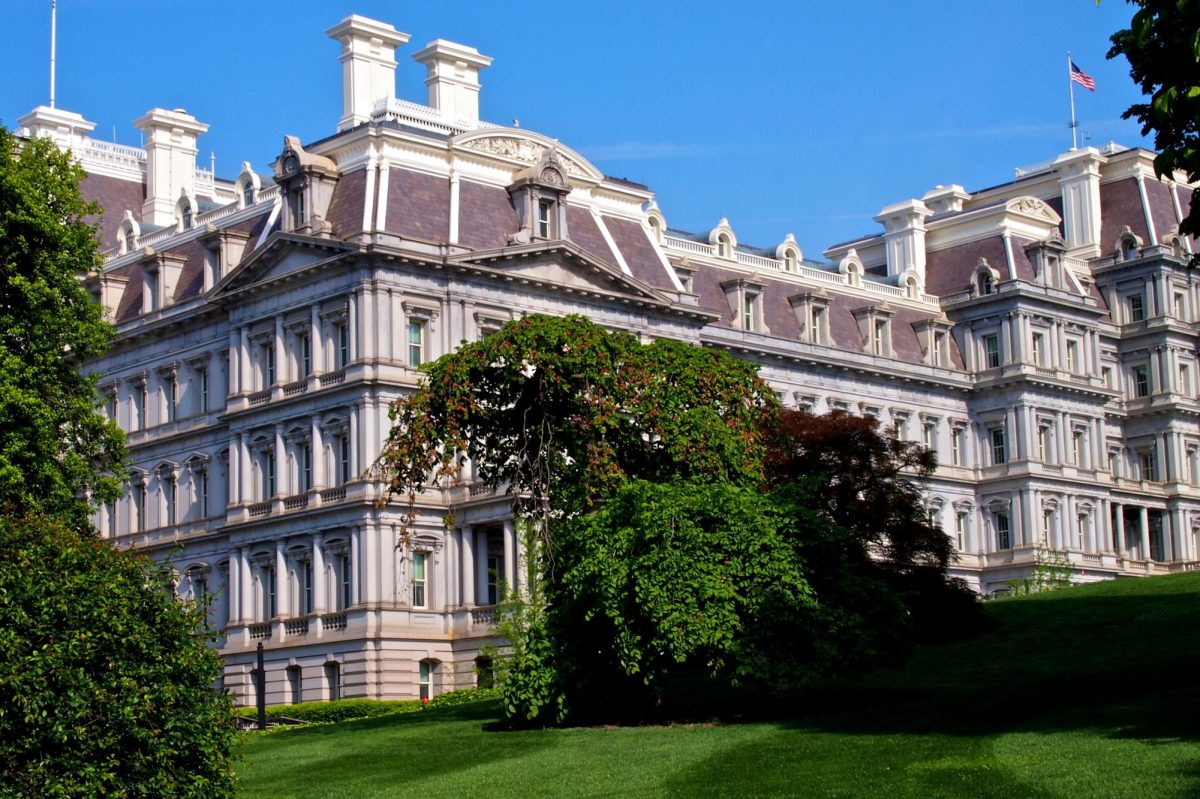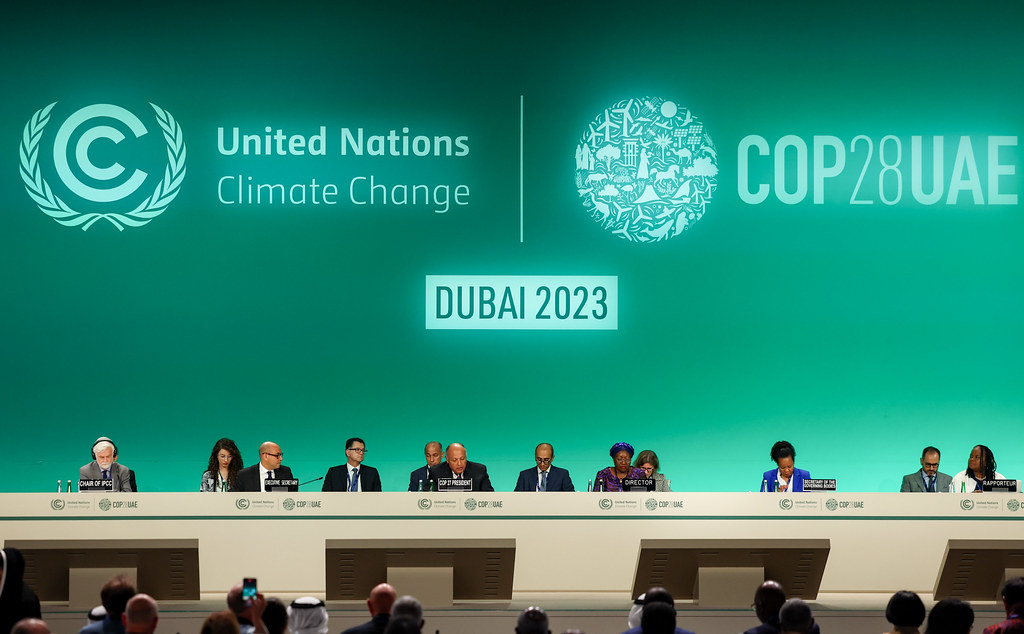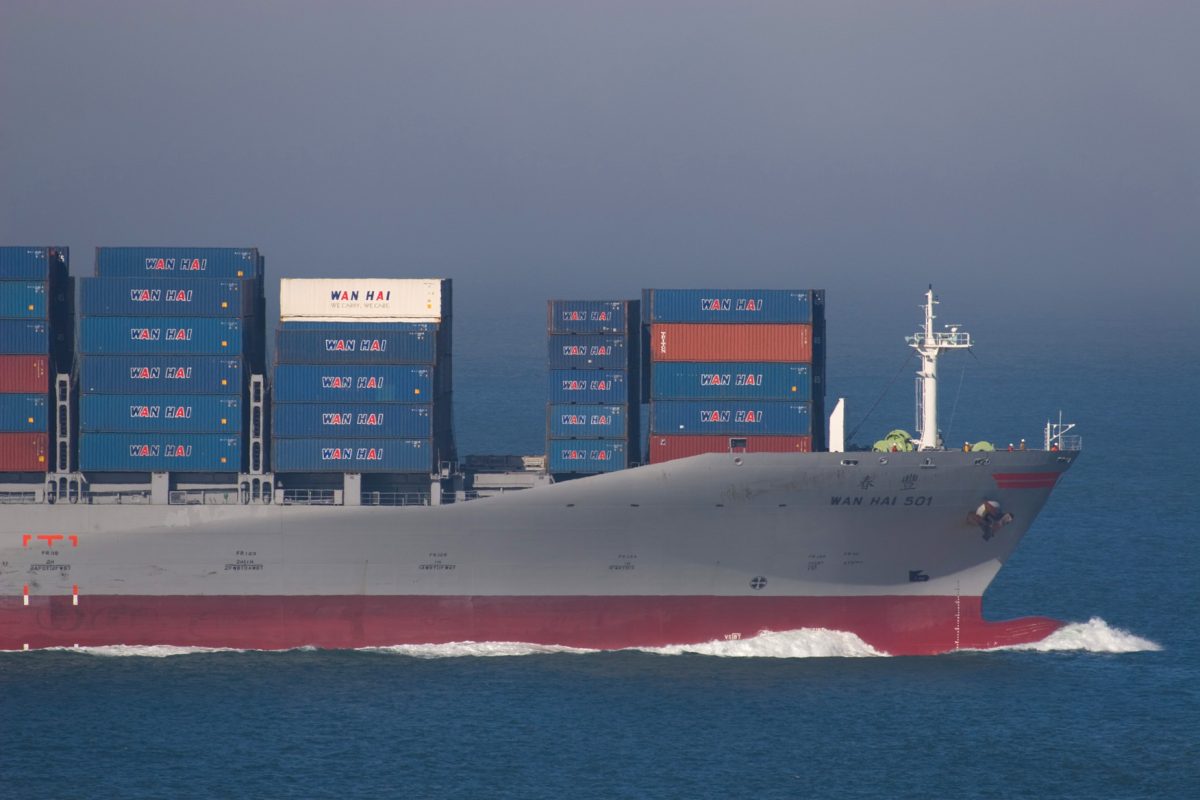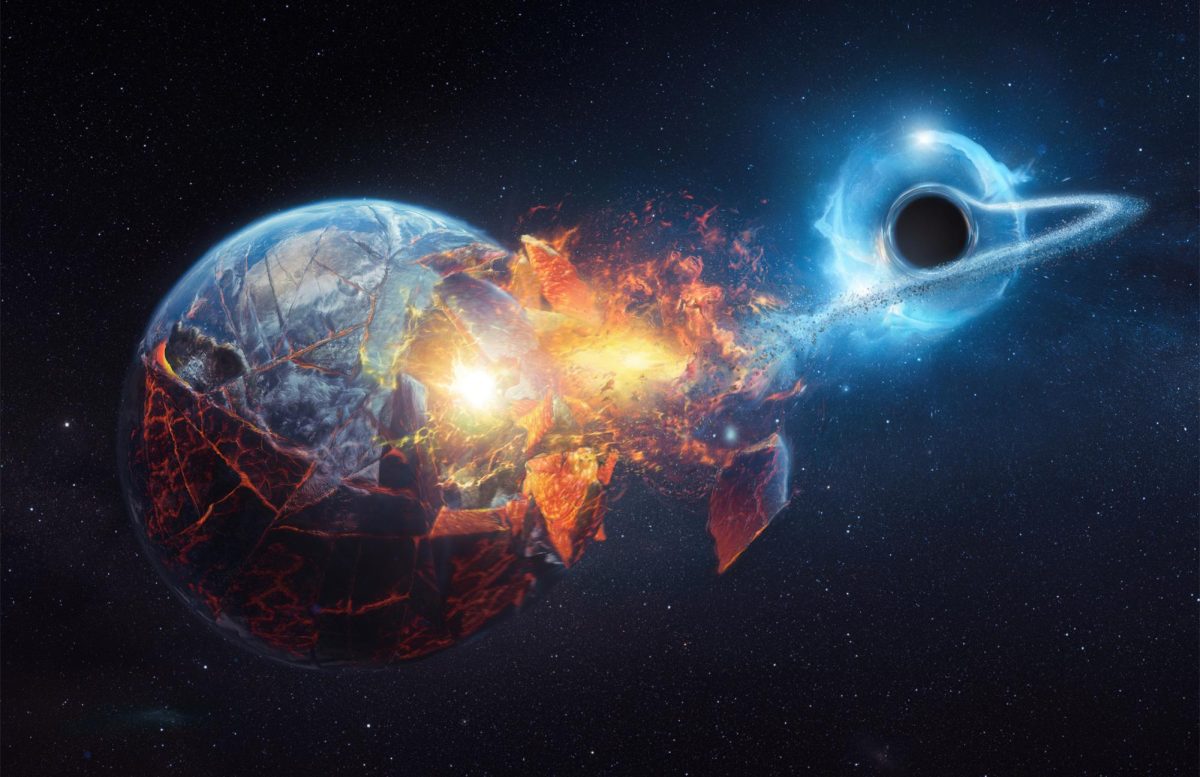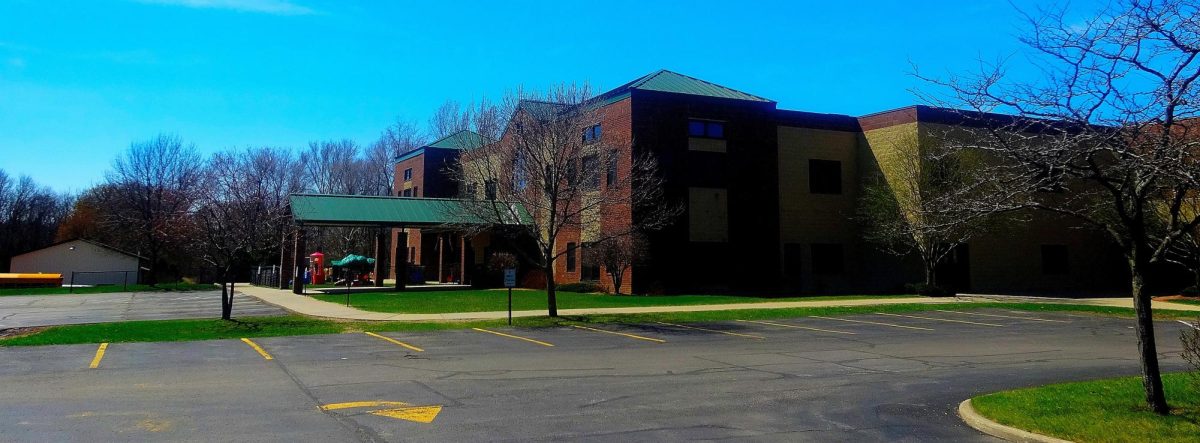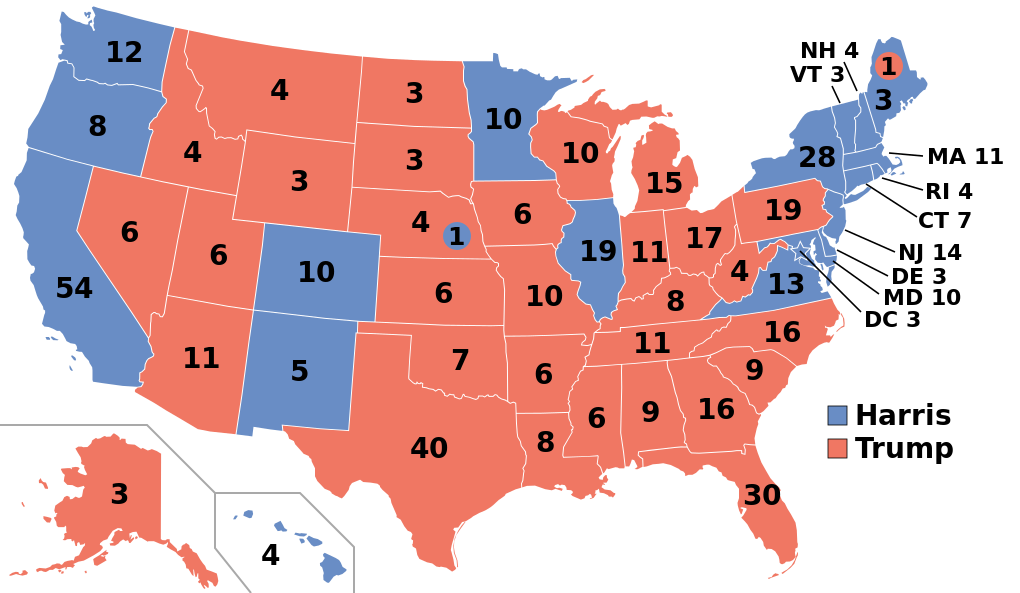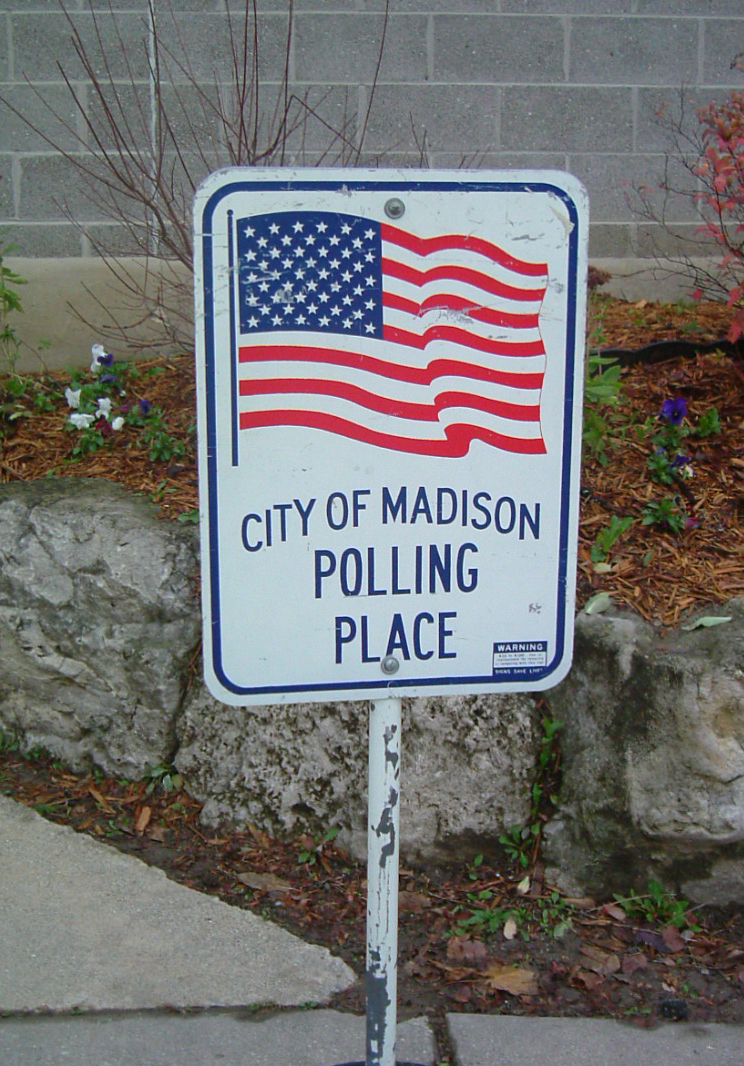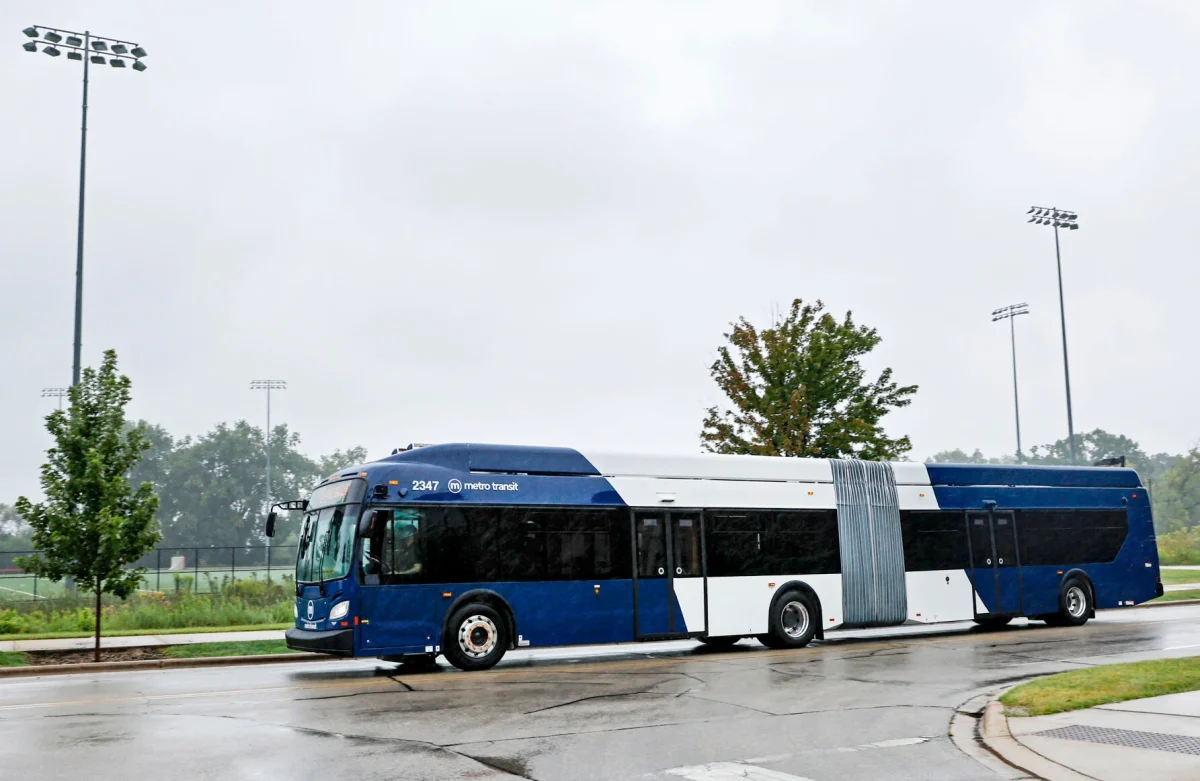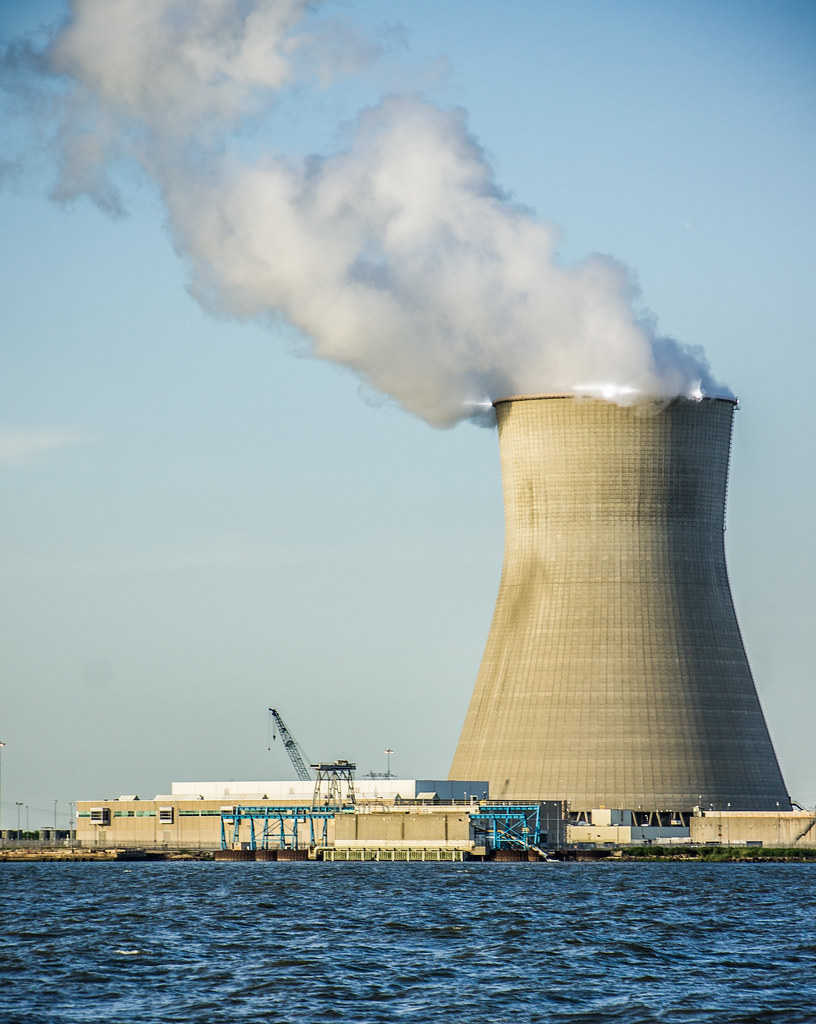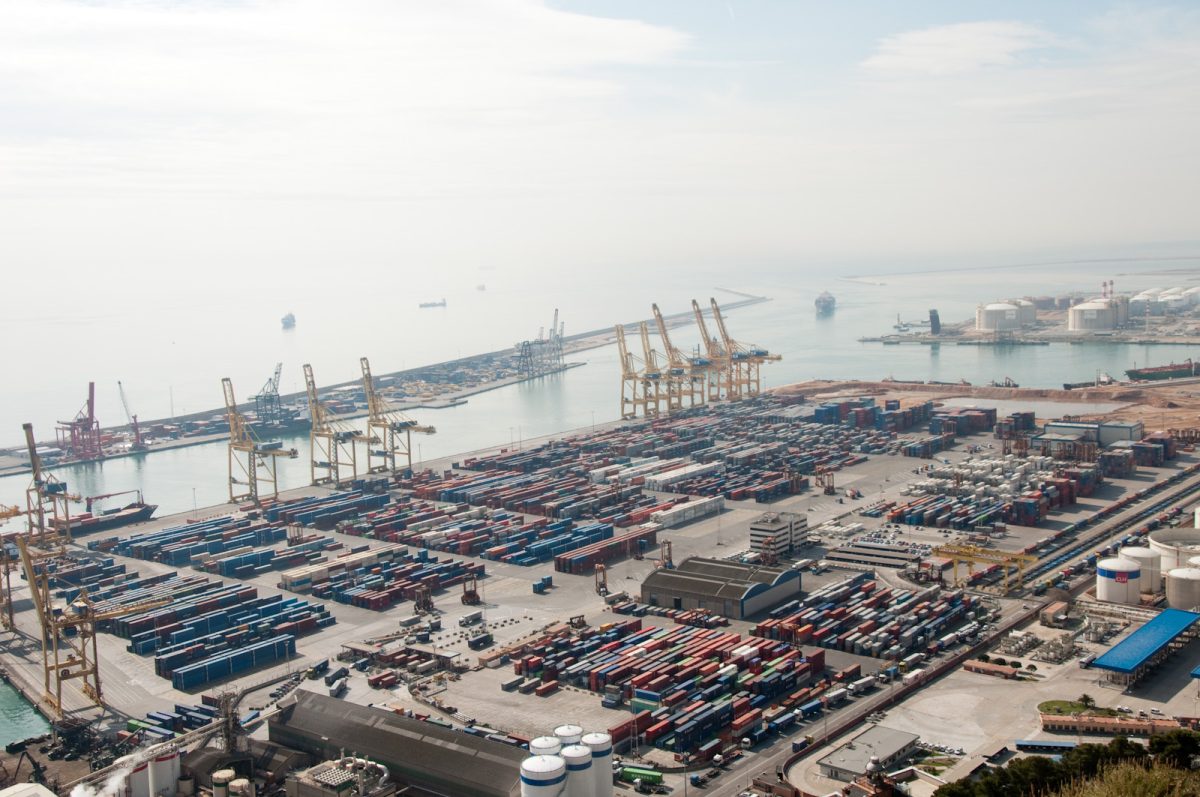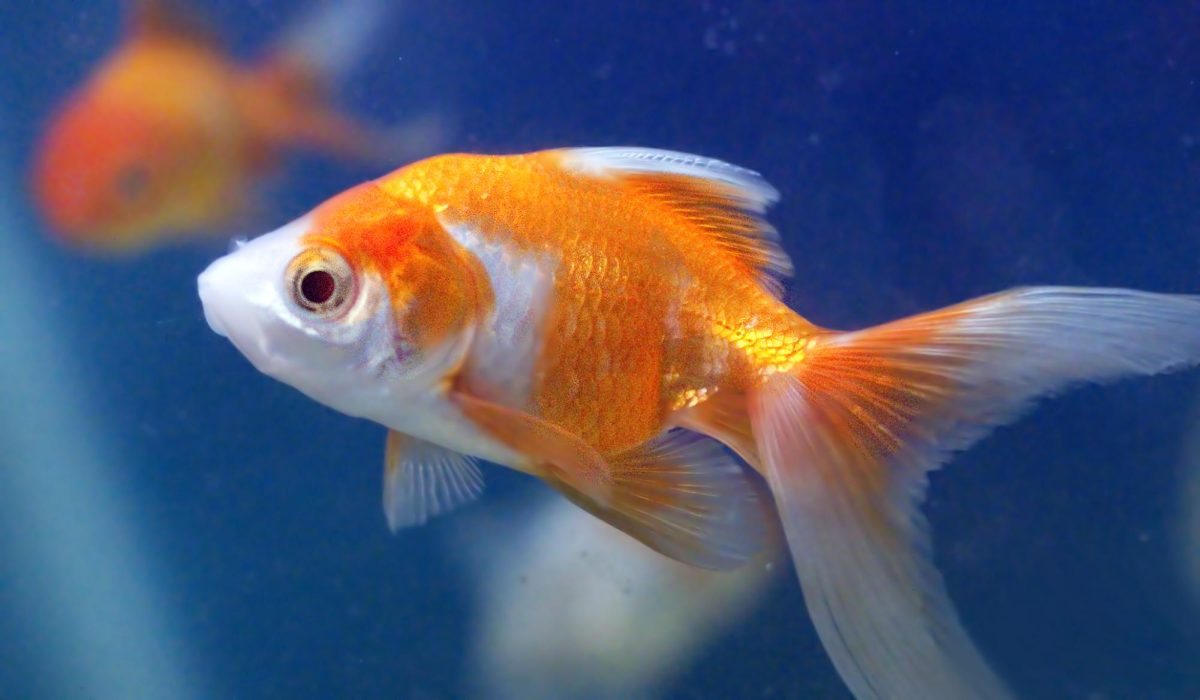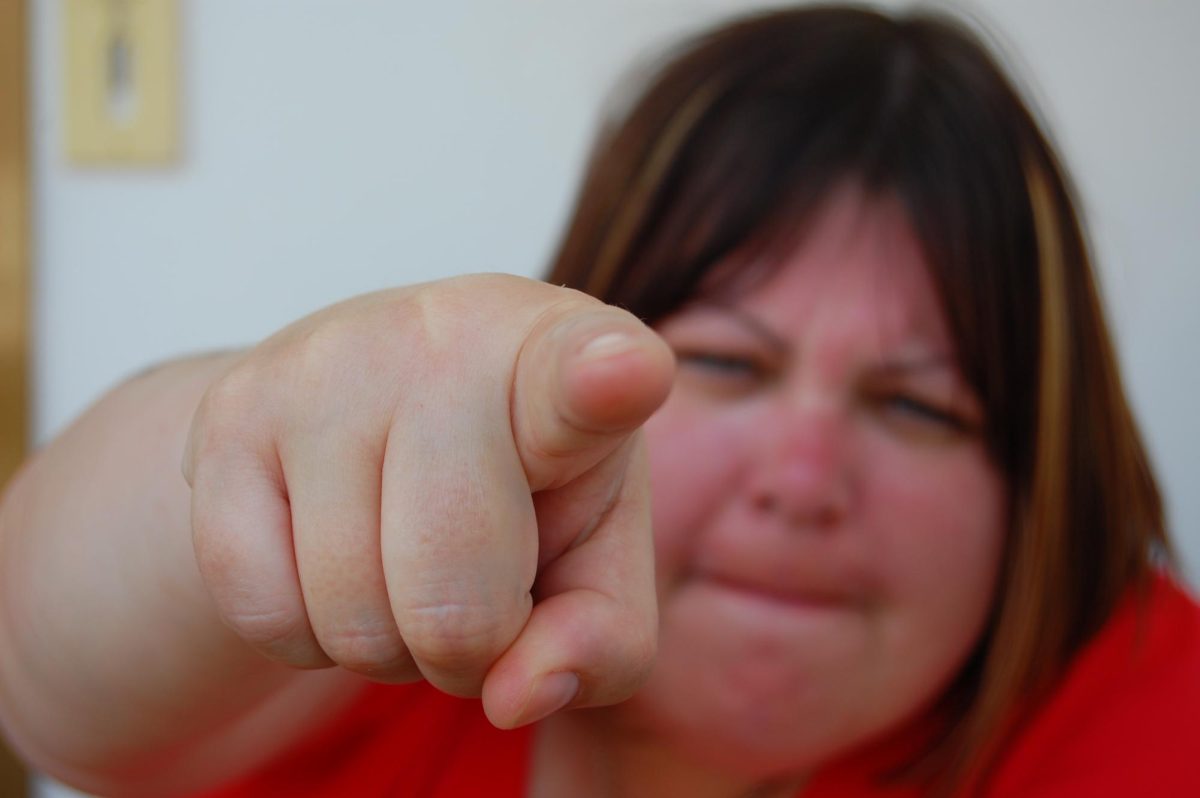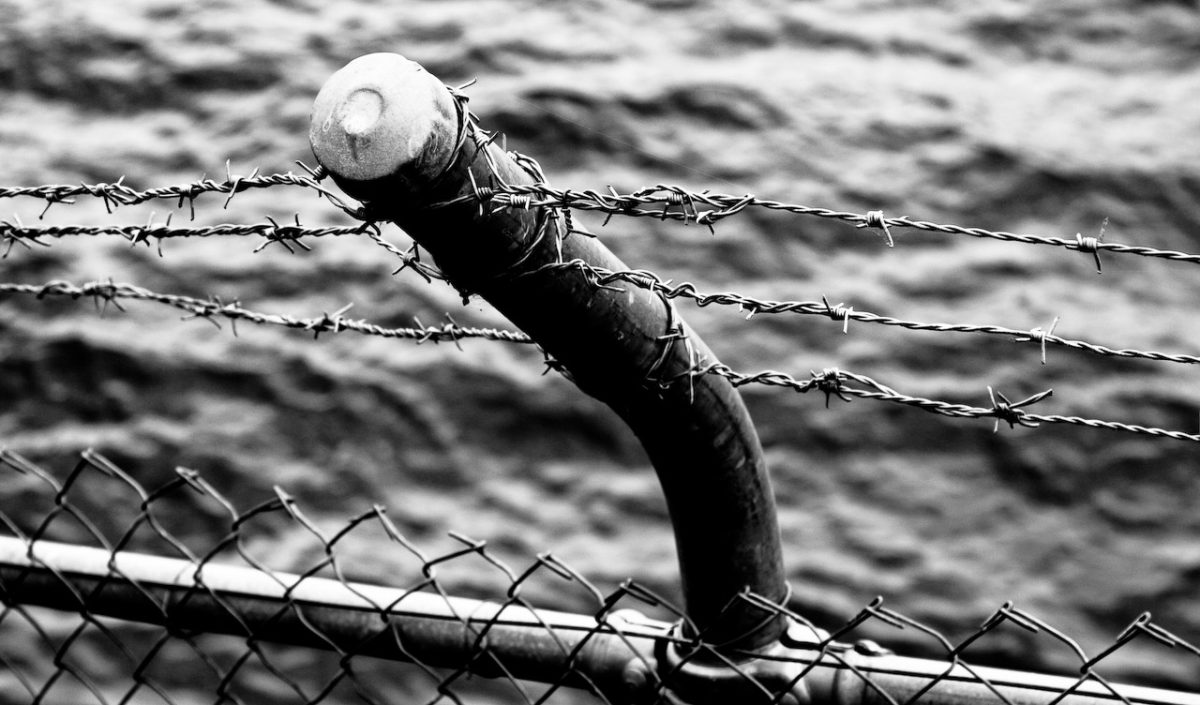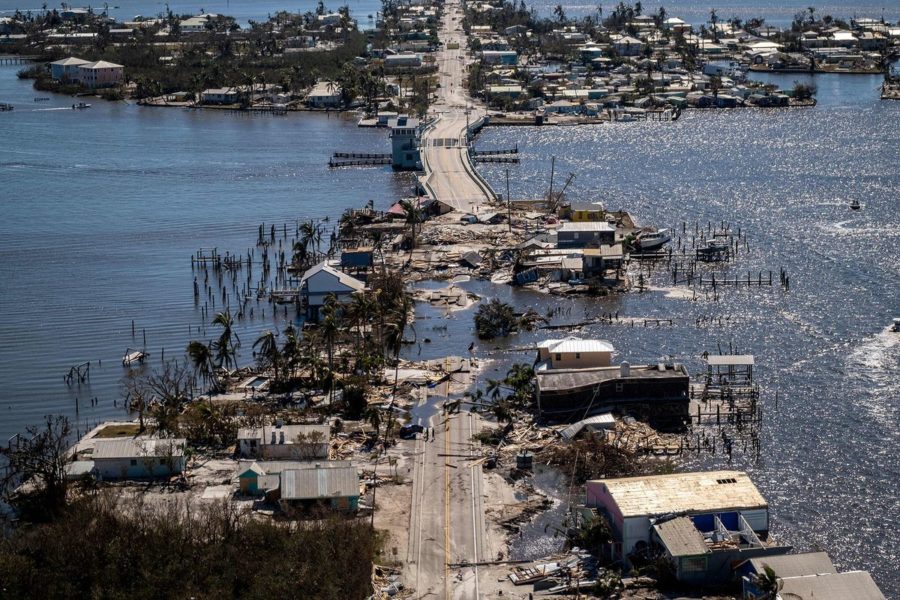The Dreaded Hurricane Season
October 9, 2022
October is the height of hurricane season; both Hurricane Fiona and Hurricane Ian have already caused massive amounts of destruction this year. Hurricanes tend to occur in the western Caribbean Sea and the southwestern Atlantic Ocean, typically between the months of June and November. This year, Hurricane Fiona occurred on September 18, 2022, hitting Puerto Rico and other islands in the Caribbean. Then Hurricane Ian made landfall three times from September 27th – 30th. First, Ian landed in Cuba, then in Florida, and finally, in South Carolina. Hurricane Fiona and Hurricane Ian have caused a great deal of damage to electrical systems, properties, and human beings.
Hurricane Fiona took place in Puerto Rico almost precisely five years after Hurricane Maria, which occurred in 2017. Since Hurricane Maria, the government has only completed 21% of the 5,500 post-hurricane projects that they were aiming to achieve. Seven of the island’s 78 municipalities have not had a single project started. So the electrical infrastructure of Puerto Rico, which had not yet recovered from Hurricane Maria in 2017 was already weak when Fiona arrived. In the first 24 hours of Fiona, 1.37 million people lost power. The storm itself was brutal with 85-mile-per-hour winds and a lot of flooding. The hurricane caused at least 25 deaths.
Due to the repetitive damage in Puerto Rico by hurricanes, many leaders are offering solutions. Some suggest that Puerto Rico needs a reliable and affordable power source that can reduce its dependence on fossil fuels. They are well positioned to switch to solar energy because of their constant sunlight. There are many environmental groups that are attempting to make these kinds of changes. For example, Casa Pueblo installed hundreds of solar energy systems so people had an emergency energy supply when Fiona hit. This thinking allowed one Puerto Rican family to continue life-saving dialysis treatment for their daughter throughout the time of the hurricane. In addition, U.S. President Joe Biden is granting 60 million dollars in federal funding from the bipartisan infrastructure bill that passed last year.
Hurricane Ian made landfall in three different locations. First, on September 27, the hurricane arrived in Cuba and made landfall as a Category 4 hurricane. Next, Hurricane Ian hit Florida’s west coast on September 28, destroying several areas, including much of the city of Fort Meyers and Sanibel Island. There were very high winds, of up to 150 mph, and there were major storm surges, of up to ten feet. The storm knocked out power for around one-quarter of residents in Florida. Then, on September 30, the storm was able to cross back into the Atlantic and made a second landfall in South Carolina. Hurricane Ian was a slow-moving storm that caused widespread flooding. The death toll to date is 100 people. Most people who perished were older and had drowned during the storm.
Hurricane Ian was named the deadliest hurricane to hit Florida since 1935. It caused massive destruction to homes and businesses. President Biden said it is likely to rank among the worst storm in the nation’s history. Many people had to be rescued from roofs because of flooding on the lower levels. In Lee County, where the worst destruction occurred and the most deaths, there is a causeway between Fort Myers and Sanibel Island. This causeway collapsed leaving people trapped on Sanibel Island. The Coast guard was able to rescue about 700 people.
In conclusion, this hurricane season is incredibly destructive and threatening. Many scientists think that hurricanes are becoming more intense and intensifying more quickly than in the past due to warming ocean waters caused by climate change. Perhaps hurricane season will serve as a wake-up call to address the problems of climate change.





